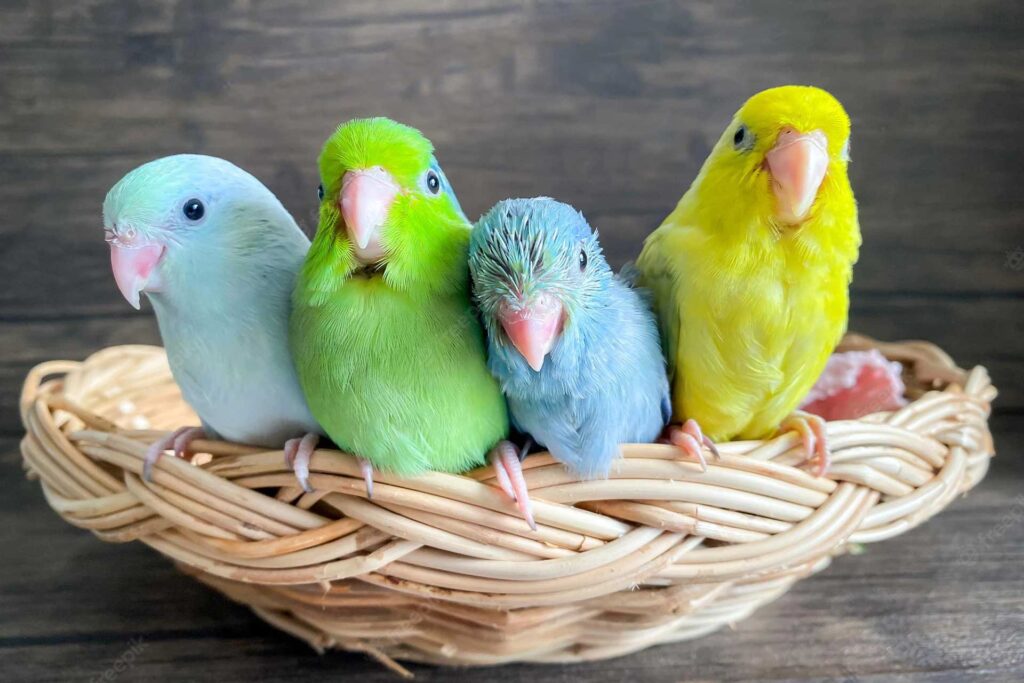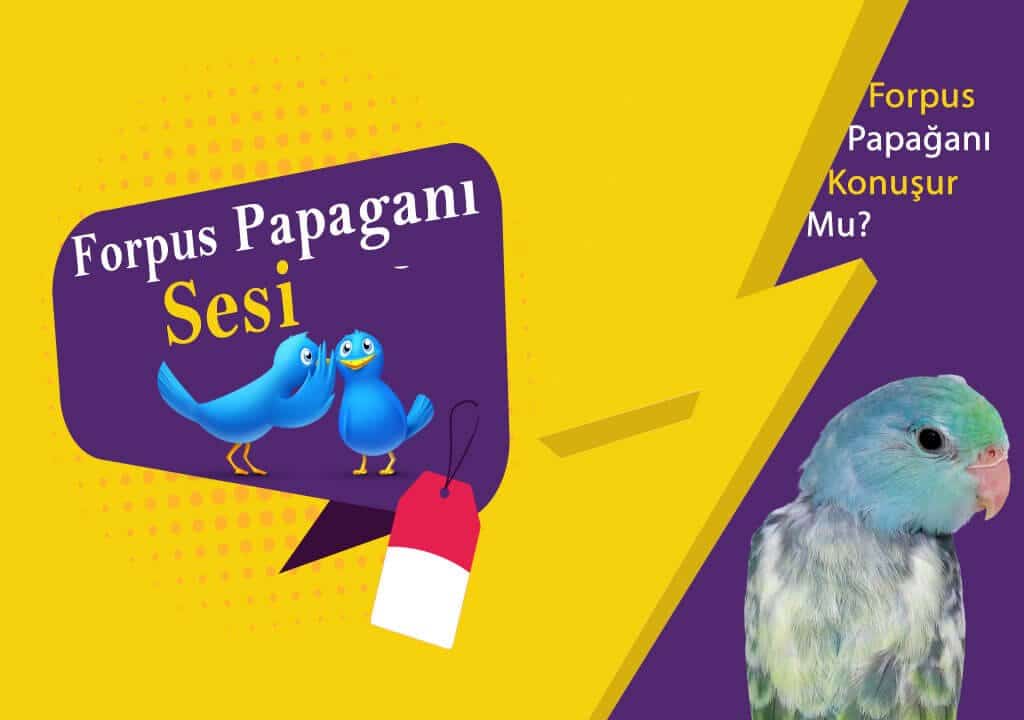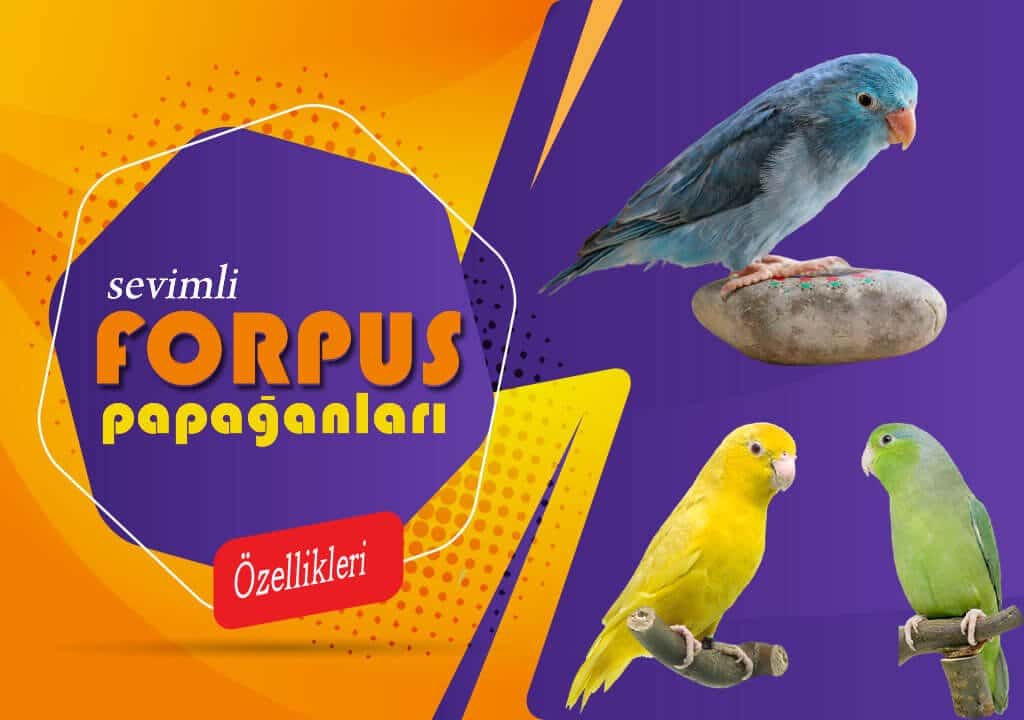Blog
Forpus Parrot Cage

Assuming you have a forpus parrot measuring 12.5 cm tall and weighing 33 grams, we recommend that you size the cage accordingly. Cage selection is more important than anything else, as these living species will continue their lives in this cage. Even though a forpus parrot is short in stature, buying a budgie cage would be the worst thing you could do to them.
If you are going to buy forpus parrots as a pair, which is a bird species that loves its double life, it may be a little smaller than a single bird, such as 50cm x 50cm x 50cm. For this reason, these parrots, which are very active in play and movement, should have large cage sizes.
On the other hand, having special toys in their cages makes them very happy. There are toys for this type of parrot on the Internet, which are in size that they cannot swallow and made of high quality materials. Buy them, leave them in their cage and watch their joy.
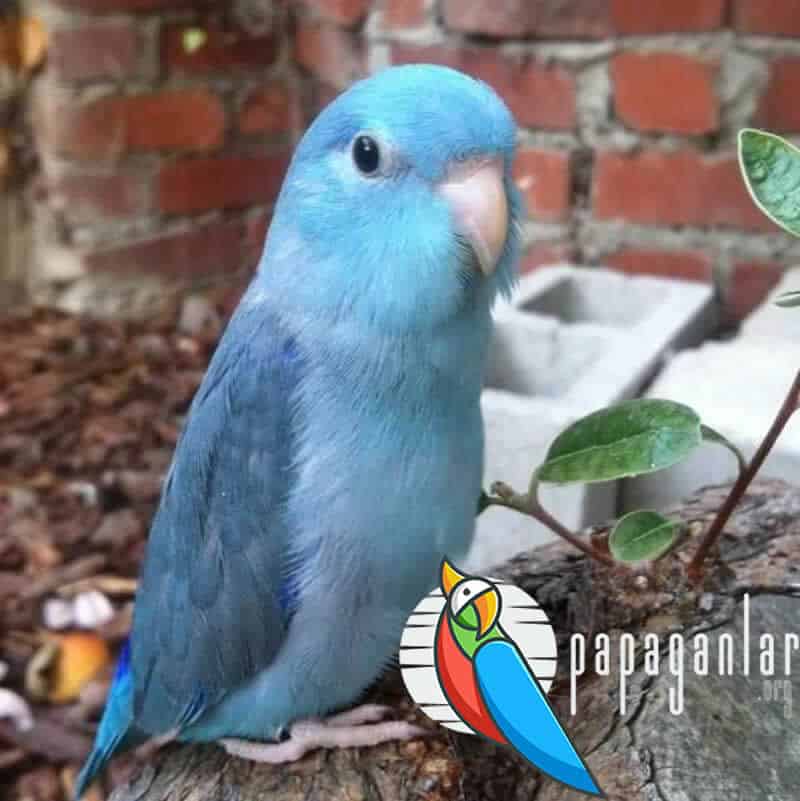
Again, the cage of parrots should be kept at a calm and windless room temperature. Parrot cages in a room that is not too cold should have multiple perches with water bowls changed daily.
Breeding cages for Forpus parrots can come in several different designs. You can find plenty of products for these cages on the market. Among these cage types, the cage type with bottom drawers and described as classic is the most ideal. This type of cage is easy to maintain, easy to clean, and has multiple doors. Lighting is also very important for a forpus parrot:
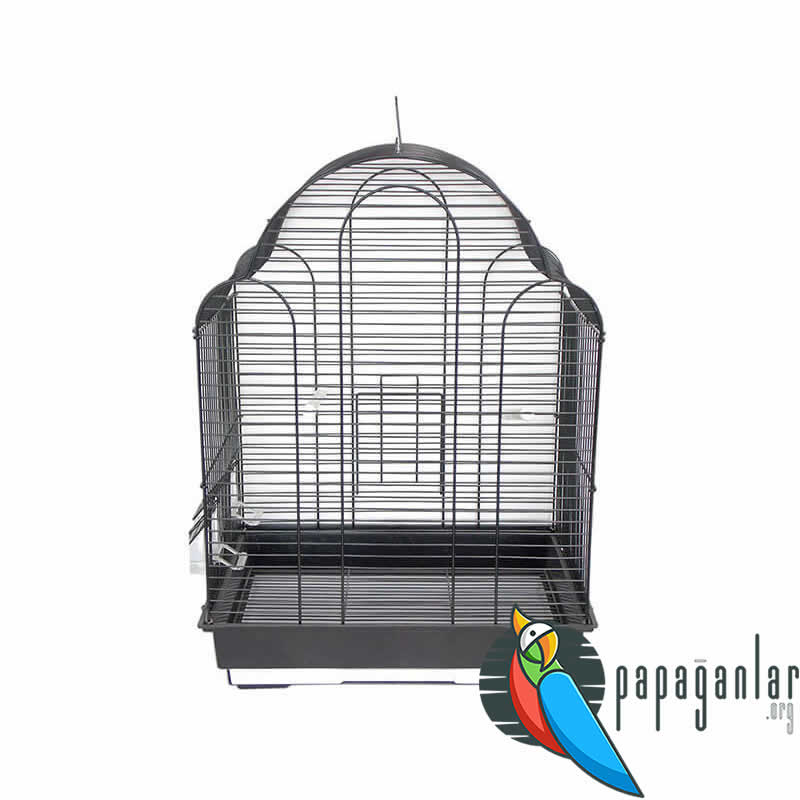
- Daylight – 7.00 – 10.00 – two fluorescent lamps per room
- Noon light – 10.00 – 14.00 – life-glo lamps suitable for any cage
- Daylight – 14.00 – 19.00 – two fluorescent lamps per room
- In the evening, the light – from 19.00 to 20.00 – one small 7W fluorescent lamp for the whole room
Forpus Parrot Handling
Considering that you bought the forpus parrot you have as a puppy, you should sprinkle the food on the bottom of the feed cage. It will be right to feed your baby this way for a while until she gets over her anxiety. We recommend keeping your hand away from the cage for the first two days. Since the bird will be shy at first, it may move away from you by feeling uneasy about your actions.
After placing your bird in the cage on the first day, you should be careful not to add or remove any accessories inside the cage. The day after she arrives, you can start talking to her in a tone that is neither too loud nor too low. With calm movements, you can try to love her belly by using your thumb to be inside the cage.
The Forpus parrot may struggle or run away in the face of this move. You can continue to talk calmly by holding your hand in this way for 10 or 15 minutes. In this way, your bird begins to get used to you, assuming that your hand will not harm it. While doing this, be very careful to avoid sudden movements and moves towards her.
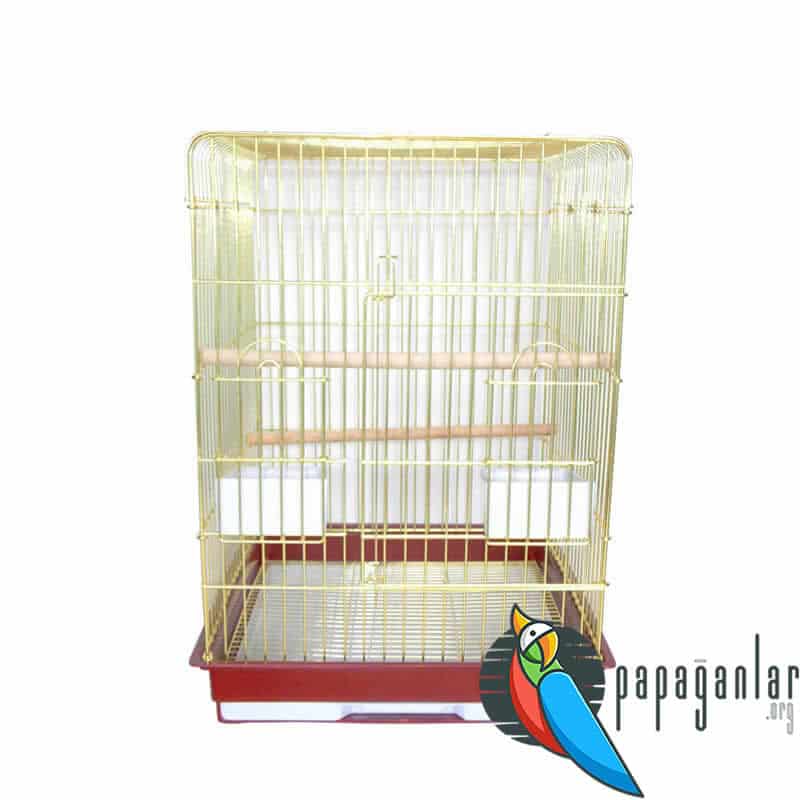
You can also try scratching the head and neck with gentle movements. However, if your bird is avoiding you, don’t get on it. The first days are often a process of letting the bird go by surprise, and your attempts at handling may end in frustration. Patience is the most important thing here. She may walk away from you if you pull yourself away just when she trusts you to start.
Another method would be to take a toy that she likes very much when she escapes from you and shake it. While doing this, it is also beneficial to have bait on hand. Again, at this point, you can continue to get her attention by continuing to talk, this may allow her to make the right move towards you. It is highly likely that you will see her take the bait in your hand later on.




